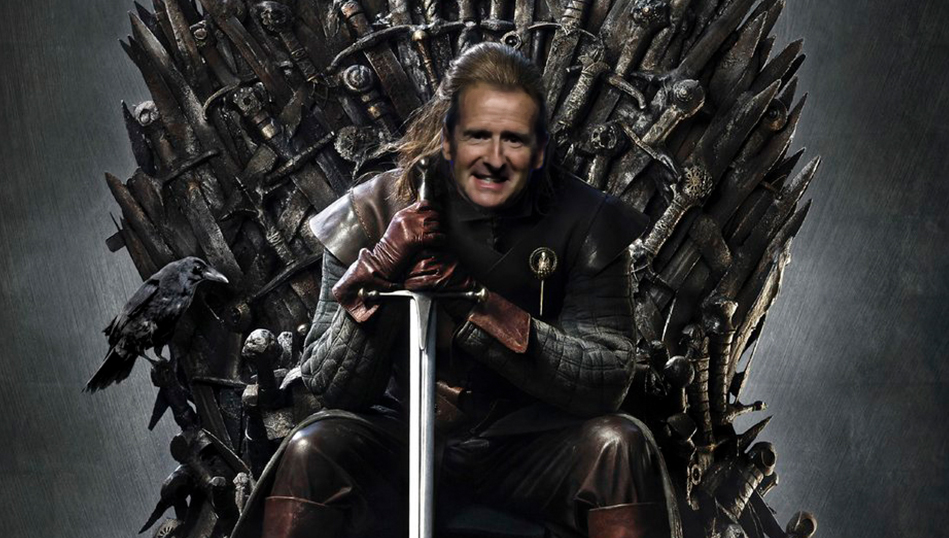After taking the “Power Seat” of Volkswagen, our old friend Herbert Diess has led VW to move forward at a faster pace. This is not only because of Diess’s “Power Blade,” but also because of the problems faced by the Volkswagen “giant” itself.
Clear Position, Know the Opponent, Diess’s Way
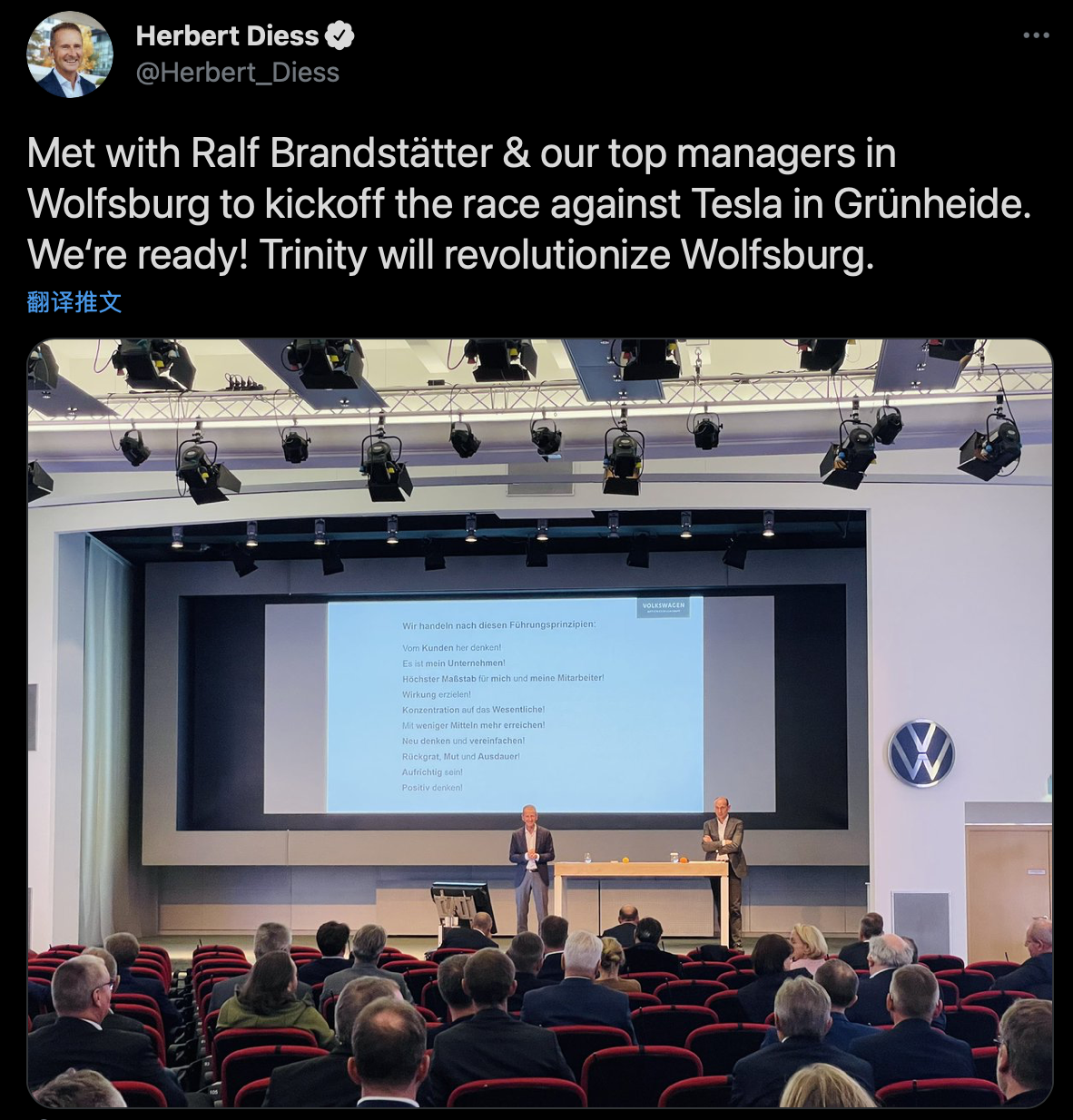
On October 1st, during the National Day holiday, after enjoying some leisure time, Diess convened a meeting with 120 internal executives of Volkswagen in Wolfsburg. The main focus of the meeting was directed towards Tesla, as well as the Chinese new forces, stating that the Trinity project will change Wolfsburg.
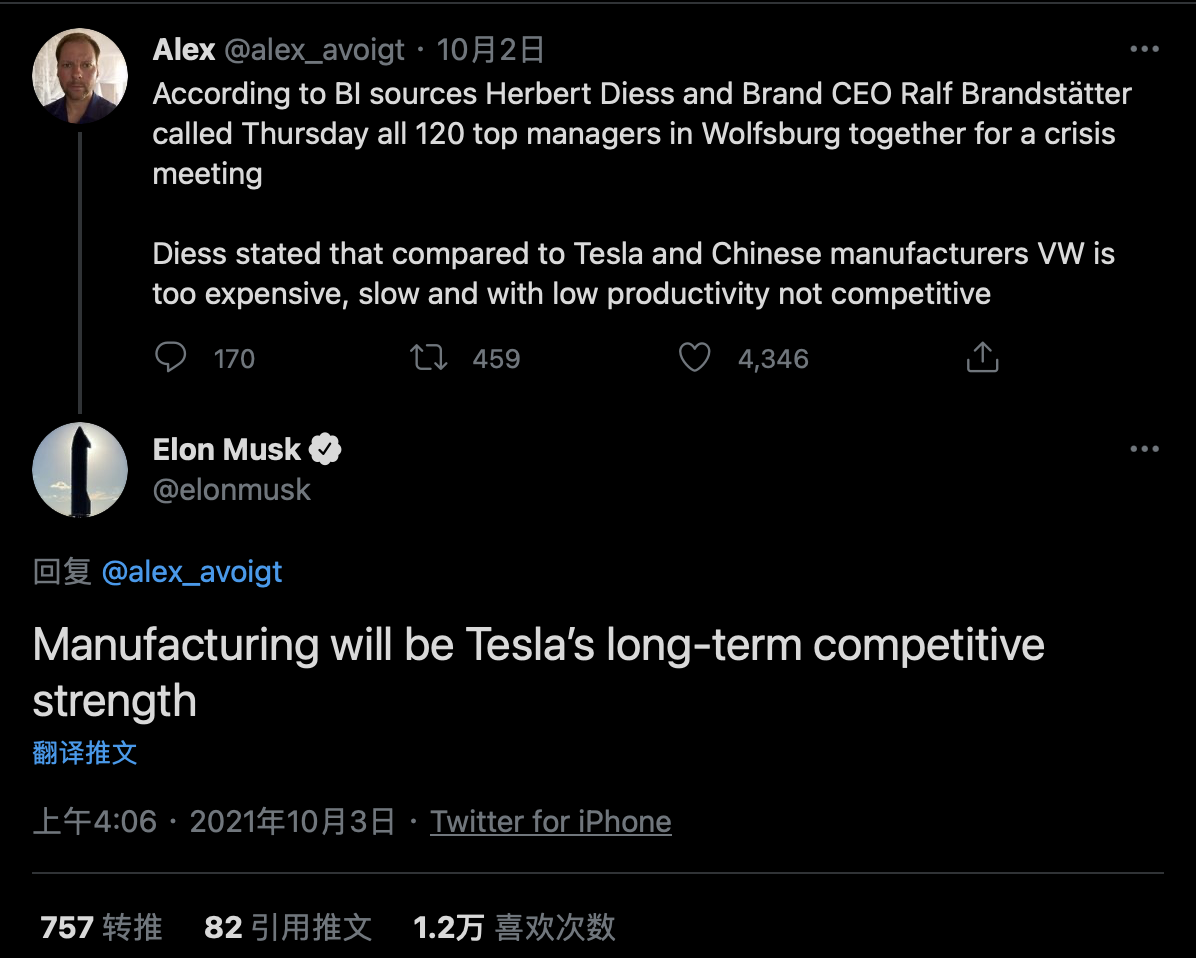
According to Bi’s sources, Diess believes that Volkswagen is not competitive compared to Tesla and Chinese manufacturers, as VW’s vehicle models are too expensive, production speed is slow, and production efficiency is low.
The production standards of Tesla and Chinese automakers have reached European quality standards, but they have lower production costs and price advantages.
马一龙 (Ma Yilong) replied directly:
Manufacturing will be Tesla’s long-term competitive strength.
Tesla’s production advantage, compared to Volkswagen, is multi-dimensional leading.
Firstly, Tesla’s production speed is faster, it only takes 10 hours to produce Model 3. With the maturity of integrated die-casting technology and CTC technology, Tesla’s production efficiency will be further improved.
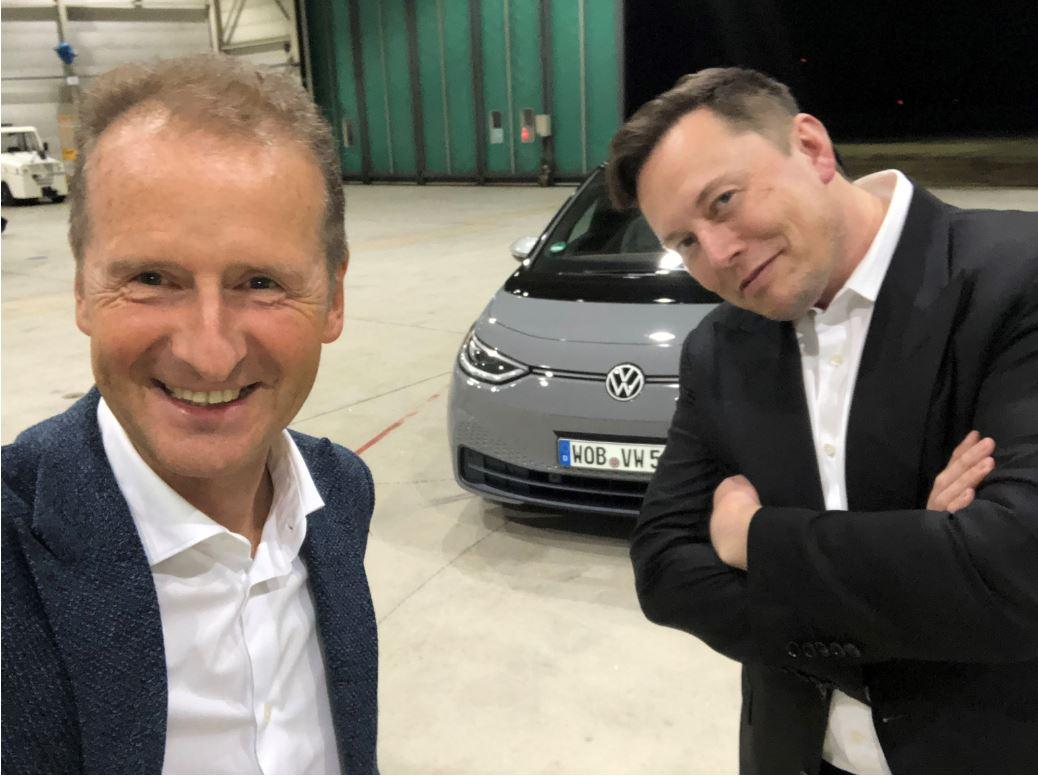
On the other hand, Volkswagen’s Tiguan production time in its Wolfsburg factory is currently about 20 hours (ID series production time is not found). In December of last year, Diess stated that he will significantly improve the production efficiency of the Wolfsburg factory and reduce the production time of vehicles to within 10 hours.
Secondly, even if we include the Cybertruck, Tesla currently only has five passenger car products, not to mention that the parts commonality rate of Model 3/Y is over 70%. With a product line that has minimal data and high part commonality rate, the difficulty of production is greatly reduced, which is also common to new forces in China.However, Volkswagen has faced some difficulties as its expanding portfolio has resulted in an overwhelming number of acquisitions, and consumers expect to find different feelings from different brands. The differentiation of demands may increase the difficulty of production. To overcome this issue, Volkswagen has planned to produce 40 million cars on the next-generation SSP platform and open it up to other automakers, just as it did with MEB, to share the platform development costs. Although SSP will be compatible with different brands of cars within the group, some categories have to be cut to further reduce the production difficulty.
Clearly, Volkswagen has been aware of its weaknesses in the manufacturing field and has deployed relevant measures. However, it seems challenging for Volkswagen to solve the problem with just one blow. Similarly, the problem is also prominent on the sales side. The dealer model and the direct sales model have conflicting interests, which has also caused pain for Volkswagen.
Tie the Carbon Footprint to Government Aid, Diess Believes “Daddy” Is Needed
Although Diess has unprecedentedly had leadership over all almost-former Volkswagen CEOs after pushing the former labor committee chairman, the personnel structure of Volkswagen that is too cumbersome and difficult to cut is currently the most headache for Diess. The problem of how to lead 600,000 people through the transformation cannot be solved by Diess alone.
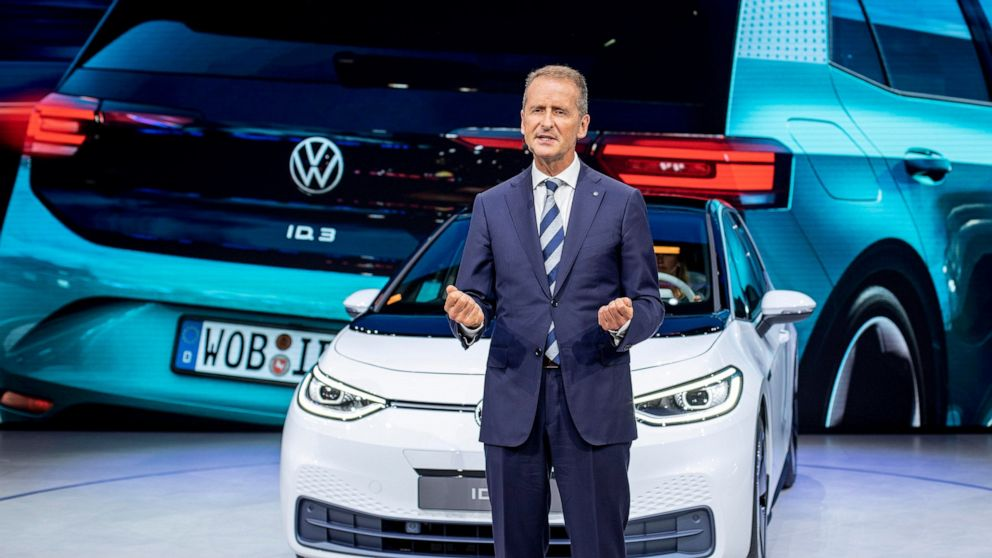
The interests of the Volkswagen Group are not only related to the Piëch and Porsche families but are also deeply bound to the German government. At the end of September, which was during the German election, Diess directly listed ten conference agendas on climate policy reform, modernization, and digitization via Twitter, attempting to guide and influence the policy direction of the new German government. Let’s take a closer look at what these agendas are.
- CO2 price of €65 per ton as early as 2024. Only significant measures will advance decarbonization.
The price of CO2 will rise to €65 per ton as early as 2024 (Not 2026). This means that fossil fuels will be more expensive than people expected, and effective measures are required to advance true decarbonization.
- End subsidies for fossil fuels. Significantly advance coal phase-out.3. Expanding renewable energy to at least 255 GW in 2030. Achieving 24/7 green energy by accelerating network expansion.
We will vigorously develop renewable energies, speed up the expansion of the power grid, and realize the timely use of green energy.
- Focusing on promoting electric vehicles for company cars.
We will limit the subsidies for company cars to electric vehicles and focus on promoting electric vehicles for company use.
- Maintaining the purchase premium for electric vehicles and gradually reducing it by 2025.
The purchase premium for electric vehicles will be maintained until 2025 and gradually reduced thereafter. This is also promoting the popularization of electric vehicles, which can keep small OEMs with weaker cost control capabilities alive for longer.
- Charging like filling up: massively promoting and expanding charging infrastructure for cars and trucks. Establishing mandatory targets for fast charging.
Charging should be as convenient as filling up: We will promote and expand the charging infrastructure for cars and trucks on a large scale and set mandatory targets for fast charging. I remember that Diess criticized the Ionity charging network for not providing a high-quality charging experience, even for faulty charging stations when he drove the ID.3 Pro S for a holiday trip.
- Green hydrogen is precious and energy-intensive. It is urgently needed for green steel and for the decarbonization of industries such as chemistry and cement.
Green hydrogen is a valuable resource, urgently needed for the decarbonization of industries such as green steel, chemistry, and cement. Diess has always favored batteries as the future power source for cars, which implies that green hydrogen is not a suitable driving source for cars.8. Making cities livable. Funding for bicycles, e-bikes, and electrified car-sharing services is a must. Ridepooling should be on par with public transport.
-
Regulating fair and secure access to vehicle data now. Ensuring vehicle and cyber security.
-
Autonomous driving is our future – for which 5G is needed across the board.
In these ten agenda items, we can see that ending fossil fuel subsidies, maintaining a premium for electric vehicles, and future policies on shared mobility all require the help of the German government.
Of course, the German government will not only help Volkswagen, but also the two giants BMW and Mercedes-Benz. They face similar problems to Volkswagen.
I cannot draw a conclusion about how this will develop. However, I have written several in-depth articles about Volkswagen. Please feel free to read:
With great power comes great responsibility, Diess outlines Volkswagen’s development trajectory for the next 10 yearsTrinity — Volkswagen’s “elephant turn” graduation dance
🔗Source: Herbert Diess twitter;fDrive
This article is a translation by ChatGPT of a Chinese report from 42HOW. If you have any questions about it, please email bd@42how.com.
